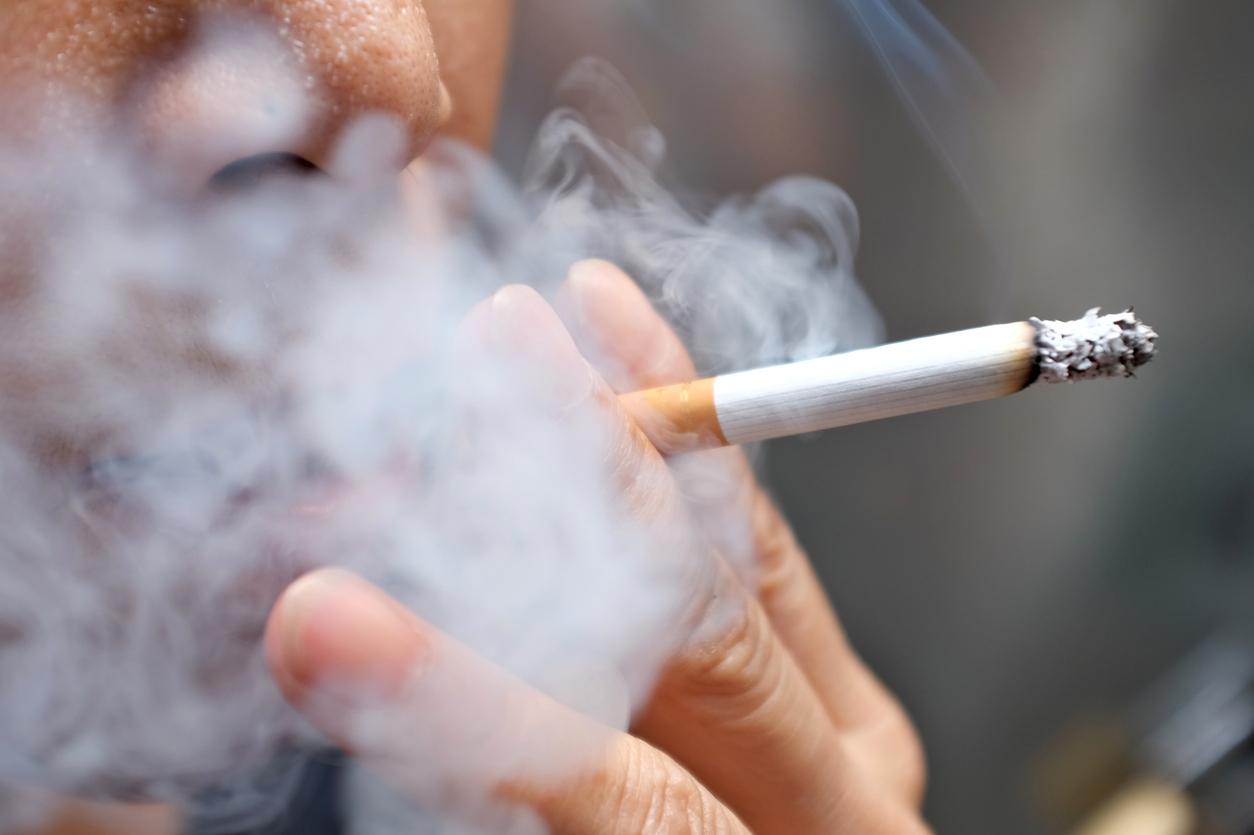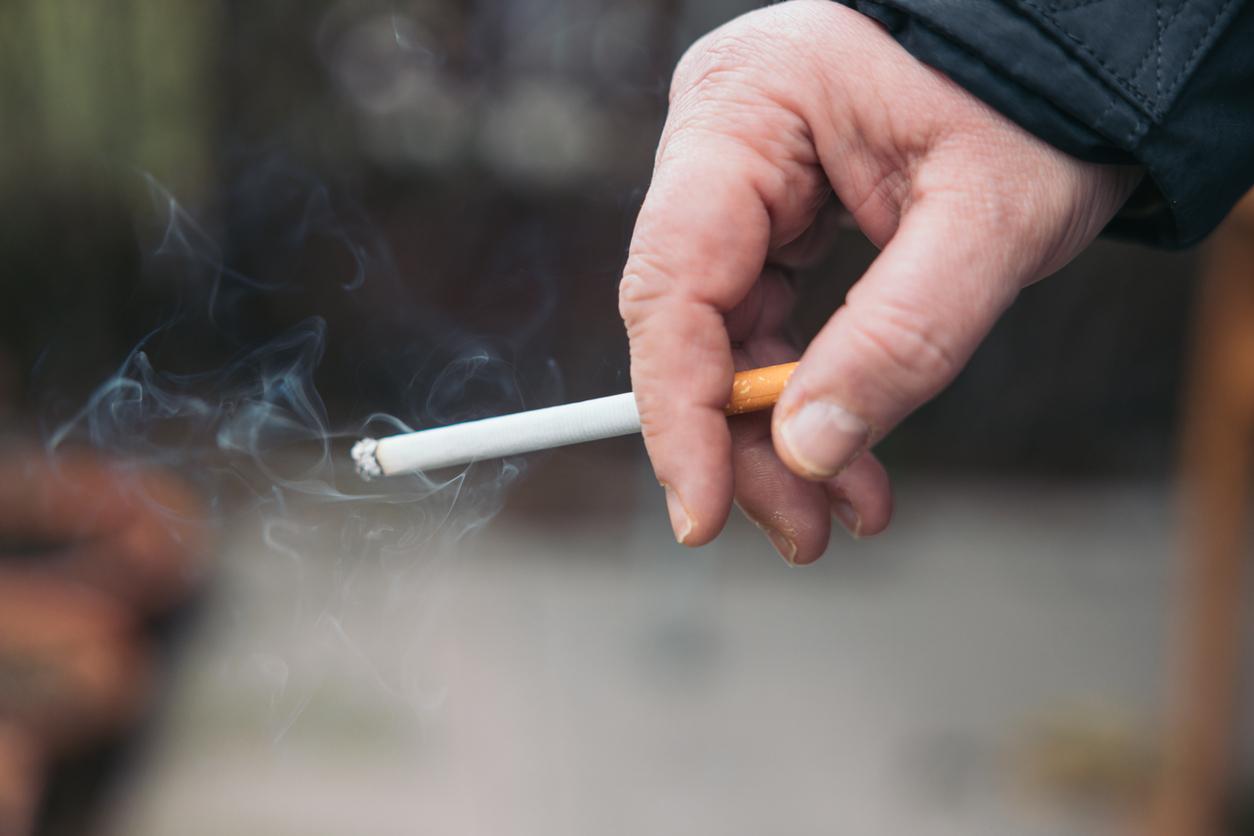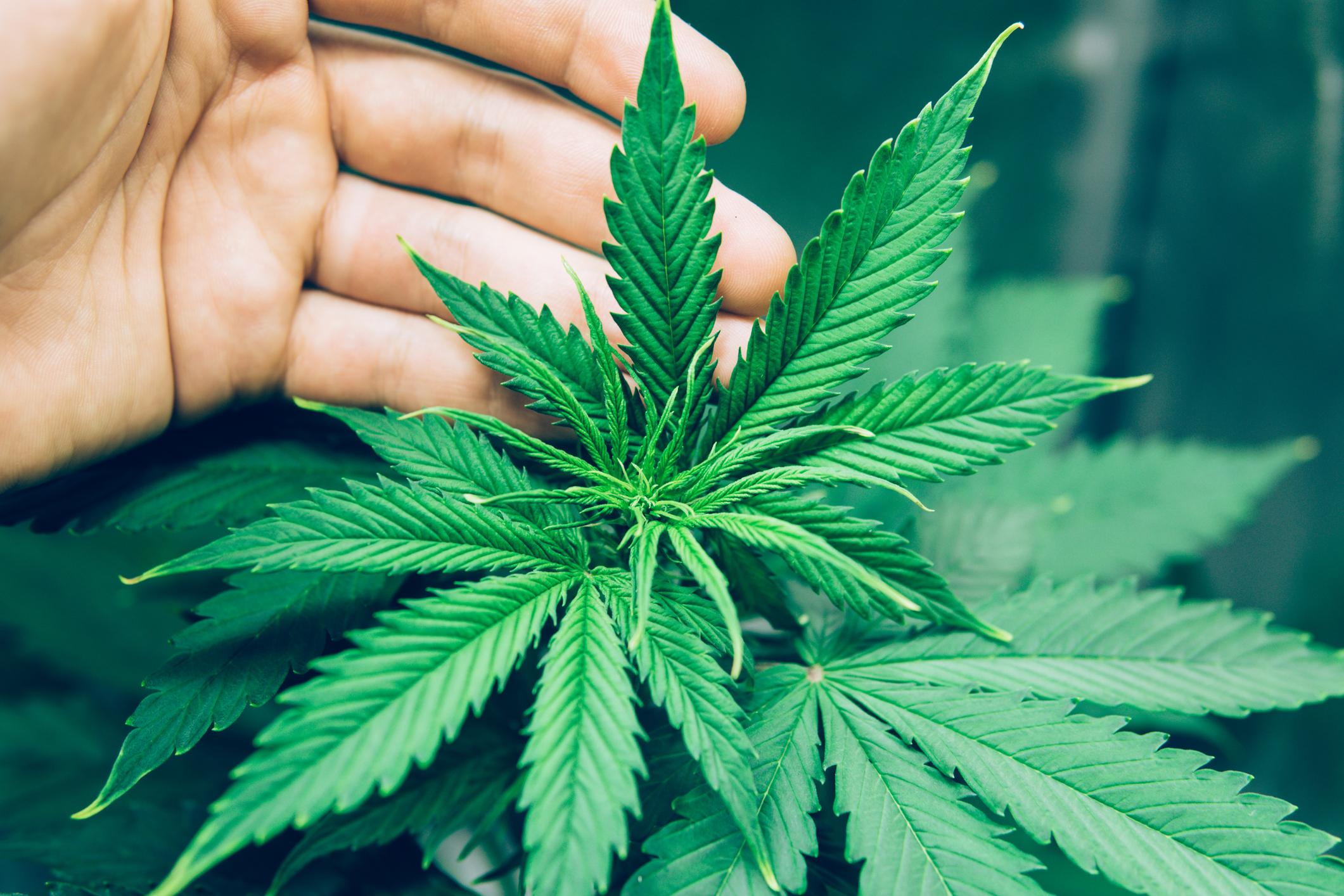Cannabis smokers are more likely to suffer from emphysema, a debilitating lung disease, than people who smoke cigarettes, according to a recent study.

- Cannabis use has increased in recent years, following its legalization for recreational use in Canada and many states in the United States.
- Only 5% of adult non-smokers had emphysema.
“The effects of cigarettes on the lungs have been well studied. But when it comes to cannabis, we know very little,” said Giselle Revah, radiologist and professor at the University of Ottawa (Canada), in a statement. To learn more about the consequences of cannabis consumption on the lungs, the researcher and her team carried out work published in the journal Radiology.
The scientists compared the chest scan results of 56 cannabis users with those of 57 adult non-smokers and 33 cigarette smokers. “We compared rates of emphysema, airway changes, gynecomastia, and coronary artery calcification. Subgroups were created by age and sex for comparison with tobacco users older than 50 years old”, can we read in the study.
Pulmonary emphysema affects more cannabis smokers
According to the results, 75% of cannabis users suffered from emphysema, compared to 67% of cigarette smokers. Pulmonary emphysema is characterized by the progressive destruction of the pulmonary alveoli, namely the small spaces located at the end of the bronchioles allowing the absorption of oxygen. It is “the long-term complication of chronic obstructive pulmonary disease (COPD)”, specify the Toulouse University Hospital.
Airway inflammation was also more common among cannabis smokers, as was gynecomastia, an enlargement of breast tissue in men due to hormonal imbalance. Gynecomastia was observed in 38% of adults who smoked cannabis, compared to 11% of cigarette smokers.
Cannabis smoke enters the lungs unfiltered
According to the authors, cannabis users are more affected by pulmonary emphysema and inflammation of the airways, because the smoke of this substance enters the lungs without being filtered. This is not the case with cigarettes which are generally filtered. Thus, by smoking cannabis, more particles reach the respiratory tract.
Also, cannabis is inhaled by holding the breath and taking longer puffs than tobacco. “Smoking cannabis has been suggested to deposit four times more particles in the lungs than a cigarette. These particles likely irritate the airways”explained Giselle Revah.
According to the authors, more research is needed, with larger samples and more data on the amount and frequency of tobacco use. Future work could also focus on the impact of different inhalation techniques, such as the bong, for example. “It would be interesting to see if the inhalation method makes a difference”concluded Giselle Revah.















